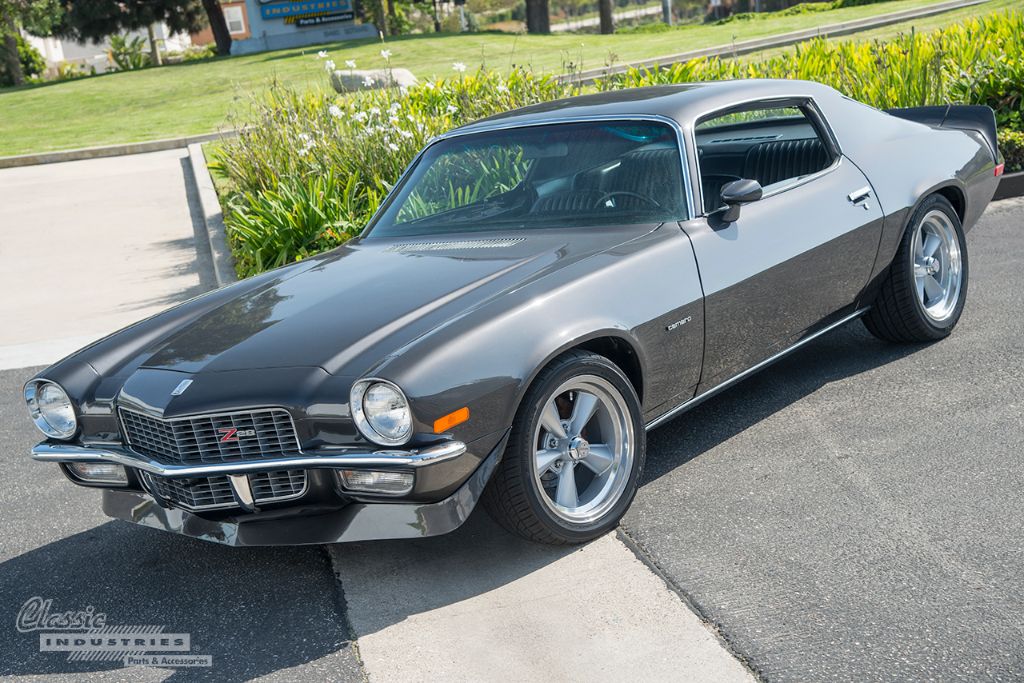the difference is negatable on 0-60mph times. And you're also talking about an absurd amount of weight.With 4 people in my M3P it is definitely slower. Is anyone out there claiming their M3P accelerates the same with or without 4 passengers?
get whatever lightweight parts you want to, go to the drag strip, run a few runs in the OEM configuration then install the parts and do it again.
even when you cut an entire car apart, it doesn't make that much of a difference. boostedboiz removed 900 pounds from a plaid by even cutting off the body, and used a driver that weighed 80 pounds iirc (short dude) and still only got 0.02 faster in the 1/4 than Roy's plaid that is much heavier.



